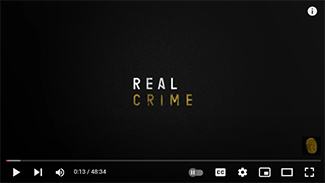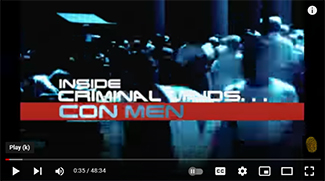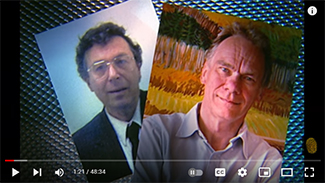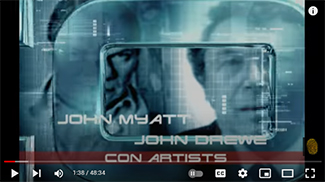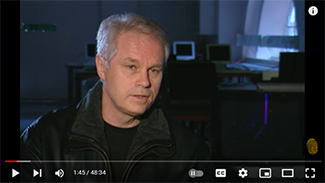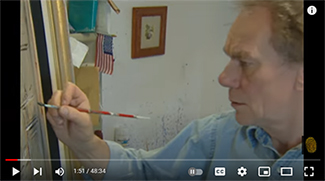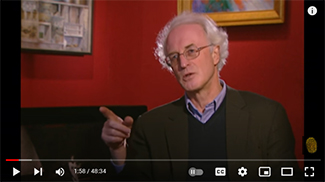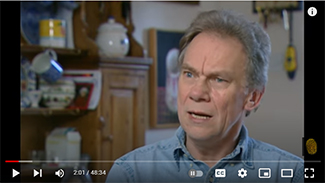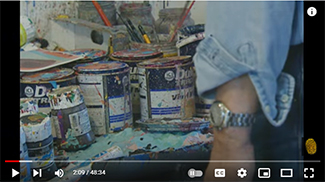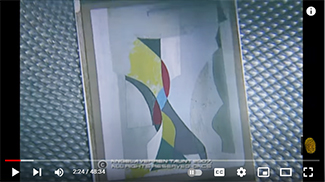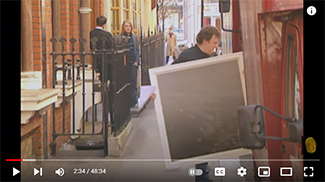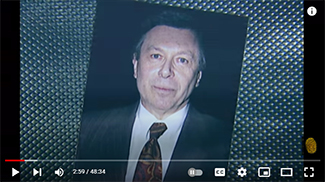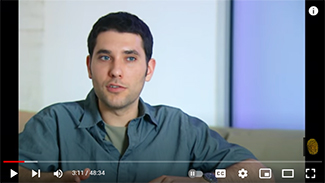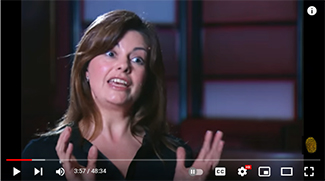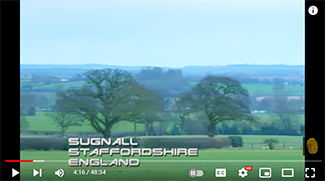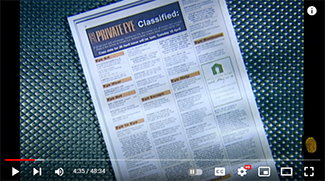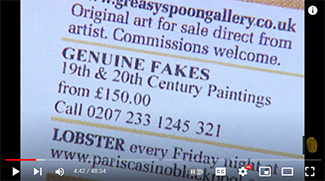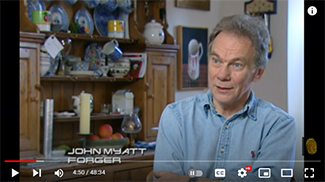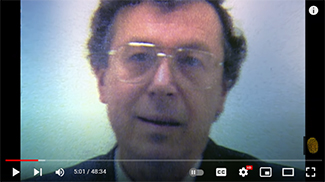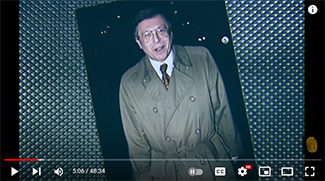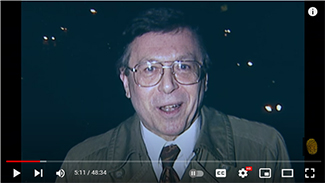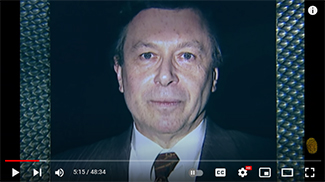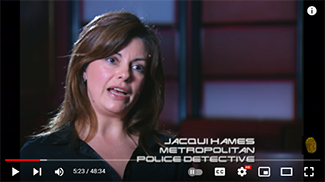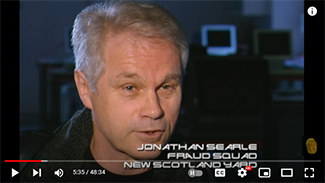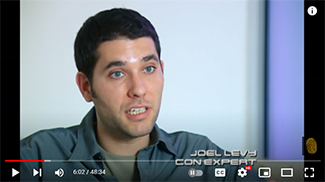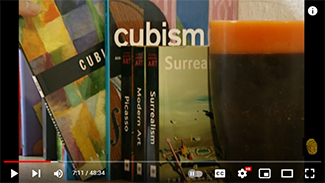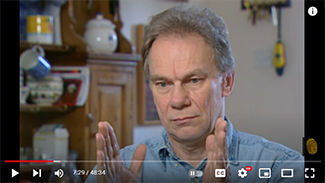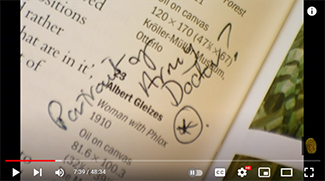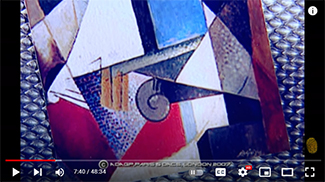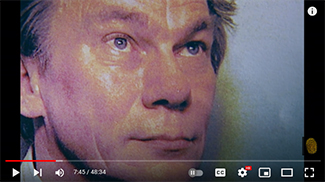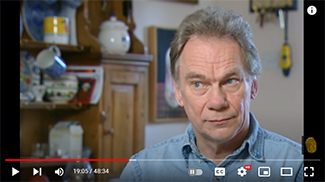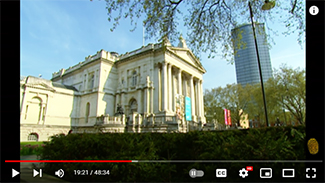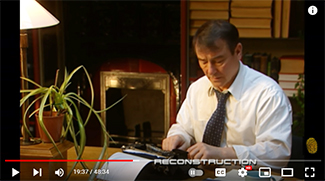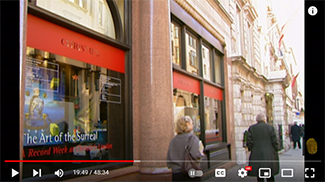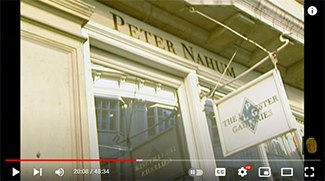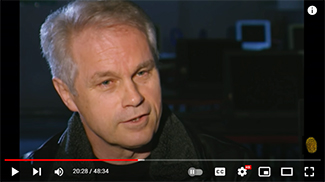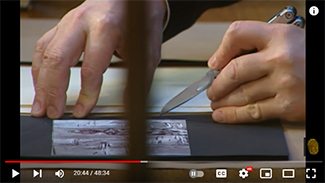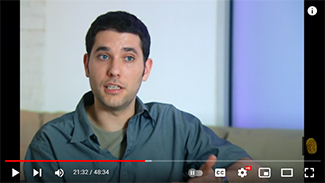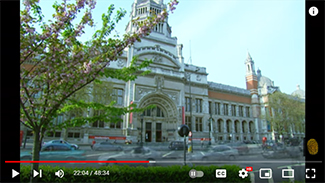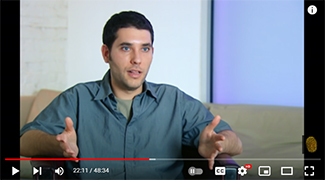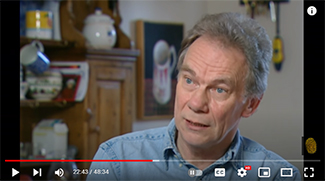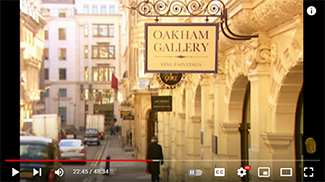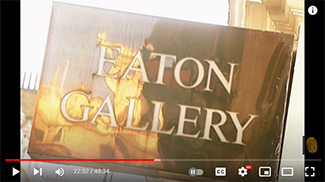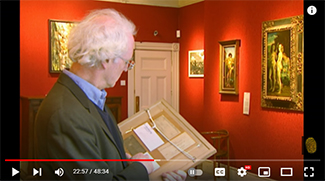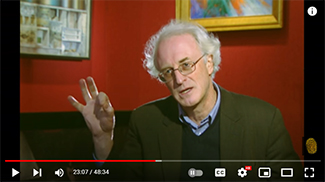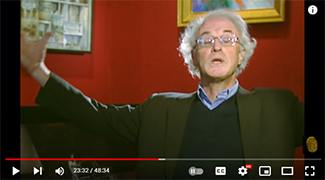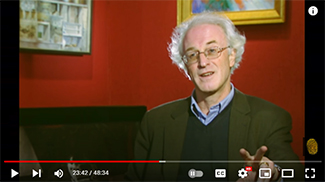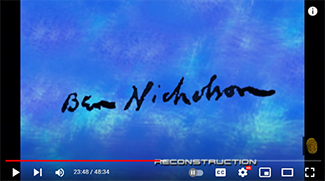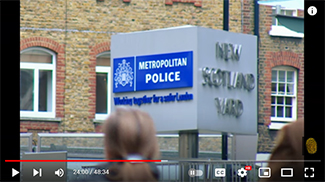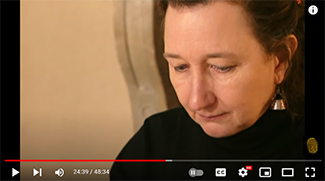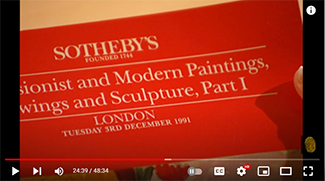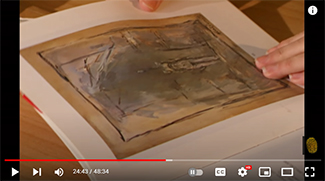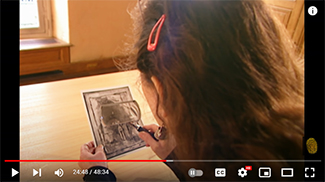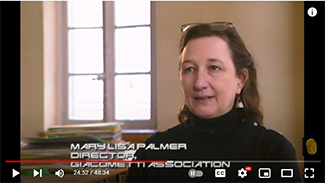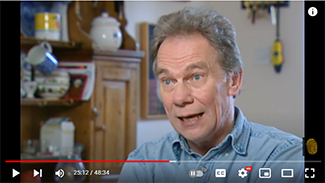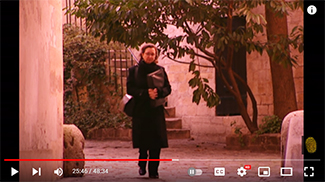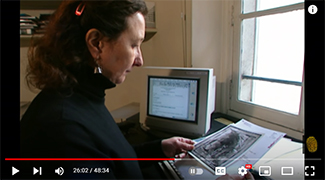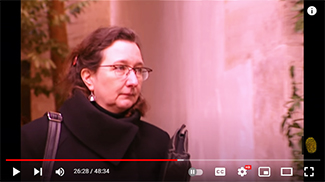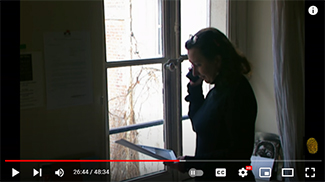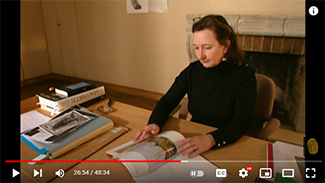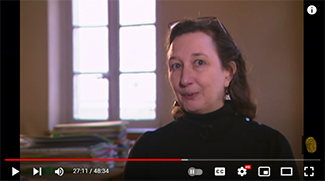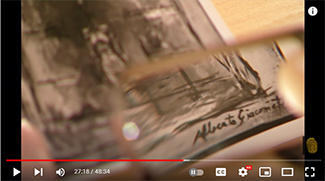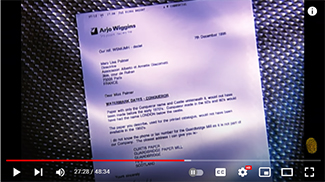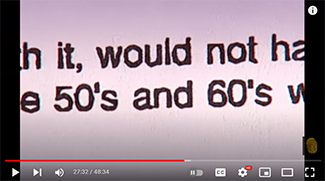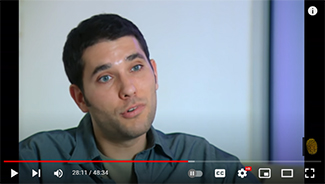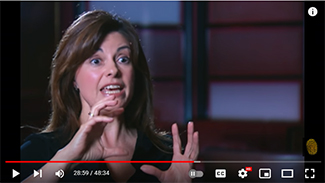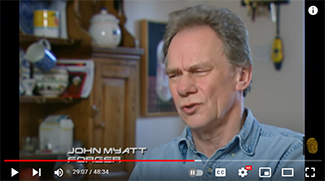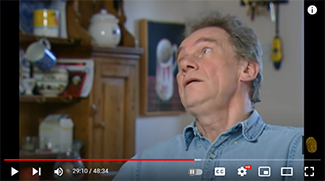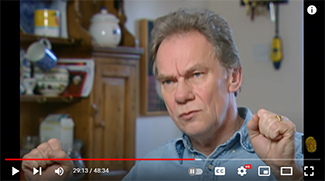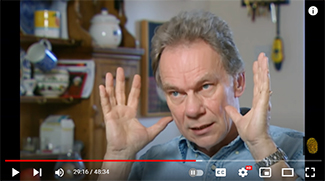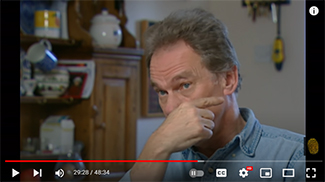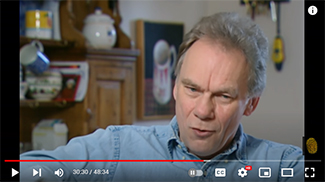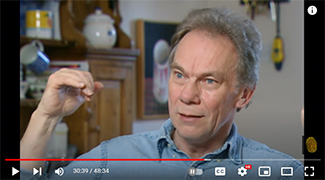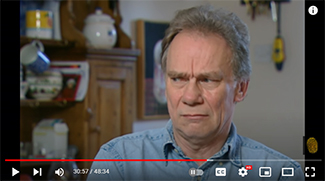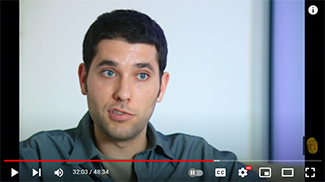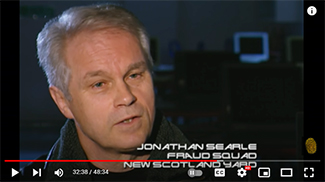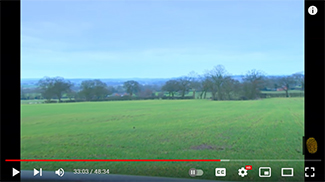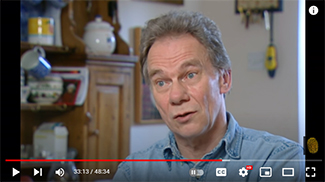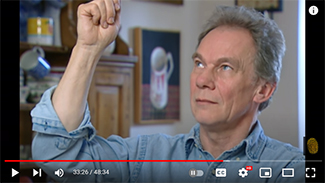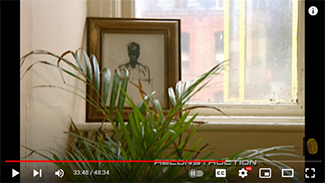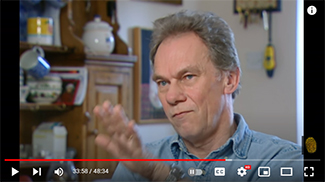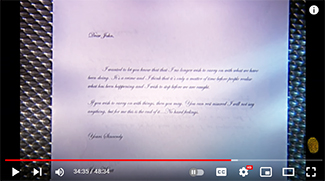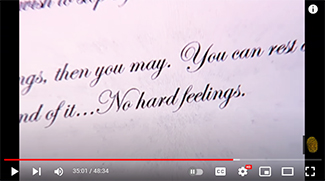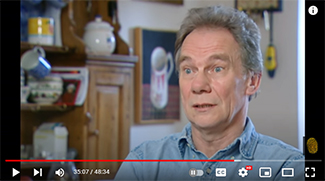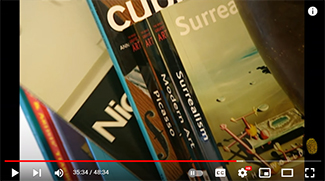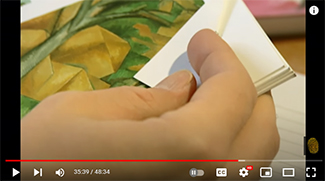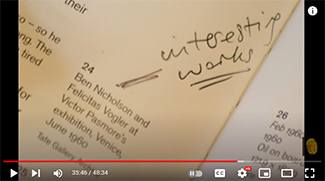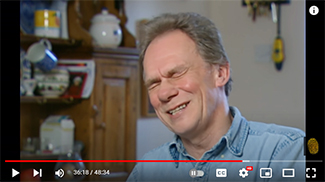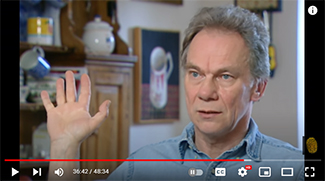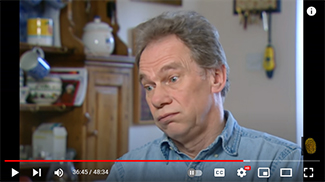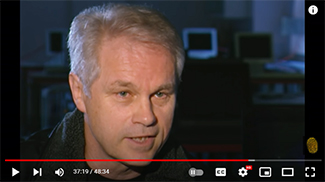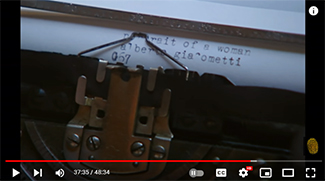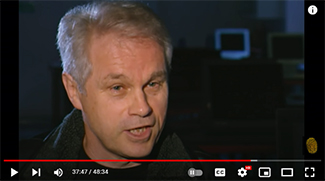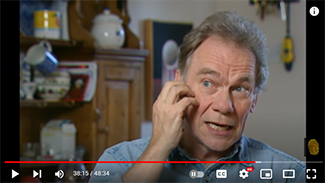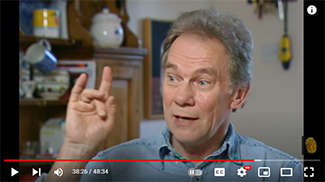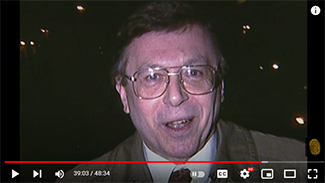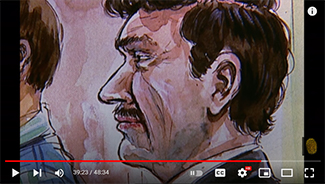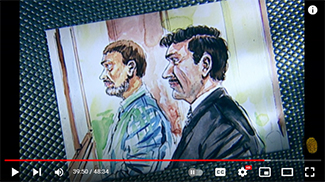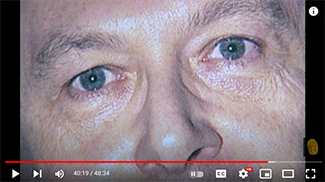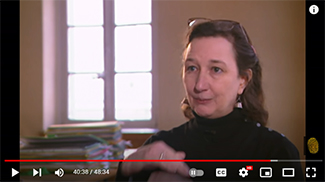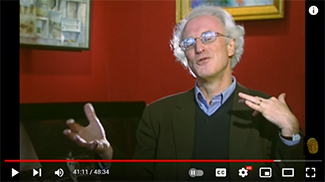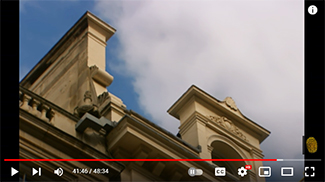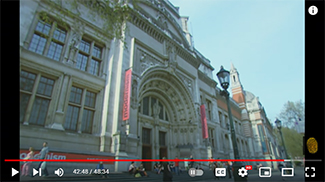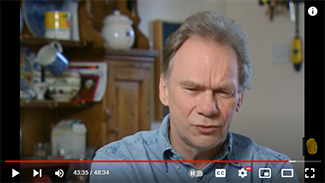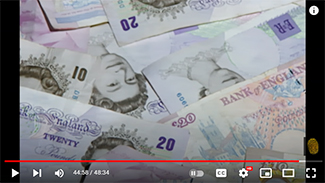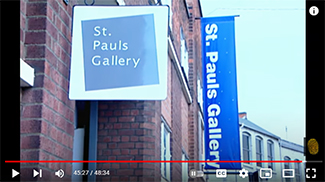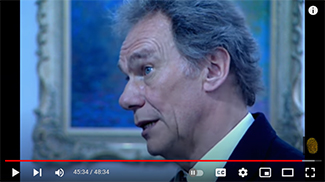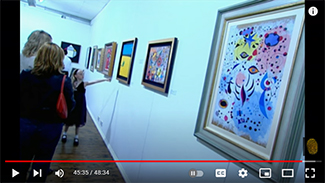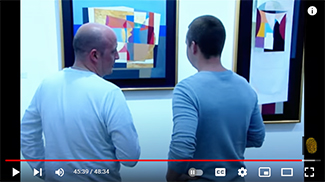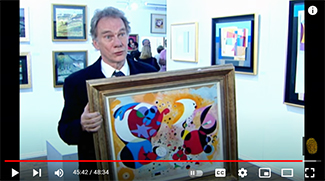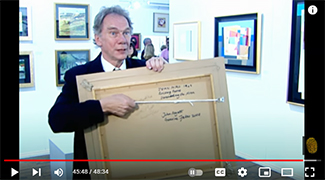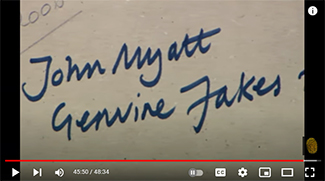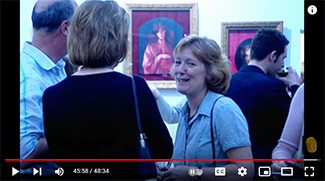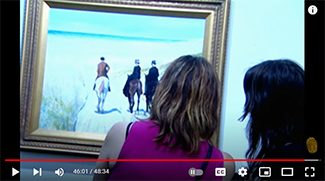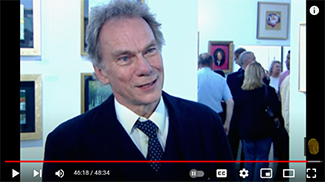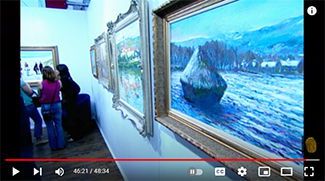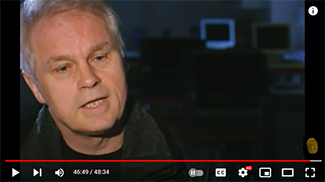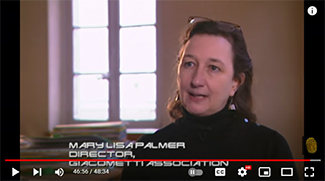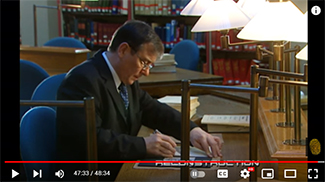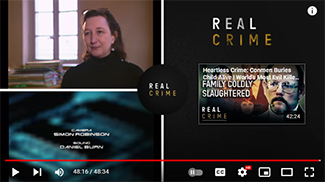Part 2 of 6
[Jacqui Hames, Metropolitan Police Detective] Drewe was very clever in the way that he targeted Myatt, and built up a genuine relationship of trust with him. He paid him a relatively normal sum of money for the copies that he was making, and they built up a relationship together.
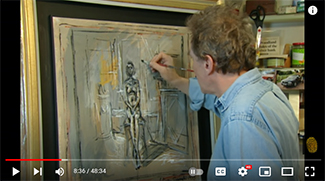
It wasn't till that moment, where he offered him twelve-and-a-half-thousand-pounds for the painting, and sucked him into the con, and used Myatt's weaknesses, that the whole relationship, and the con, really started.
[Joel Levy, Con Expert] So he made him offer he couldn't refuse, effectively. And then once Myatt had done this deal with the devil, if you like, he was already implicated. And it was probably a lot harder for him to back out.
[John Myatt] I should have said, "Oh, come on. This is painted in emulsion paint. I haven't used original oil paints. None of the materials are original. Anyway, it's a crime, you know. You don't do that kind of stuff. But I don't know, um.
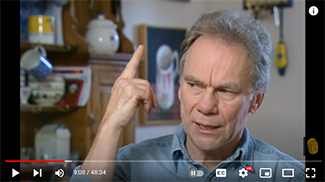
Something in me just sort of went, "pop", and I thought, "Yeah, that's good, that is. I like the idea of twelve-and-a-half -- I've never seen twelve-and-a-half-thousand-pounds. Well, I've never seen that kind of money. And I got all excited about having all this money. I wasn't selling it to anybody. I mean, as far as, you know, I didn't have anything to do with walking into Sotheby's or anything. I was just painting them. So I suppose, you know, it was turning a blind eye with a vengeance to what was really going on.
[Jacqui Hames, Metropolitan Police Detective] I think it's easy to feel that maybe this is a victimless crime, because art theft is, you know, a very affluent area. People can afford to lose a few paintings here and there.
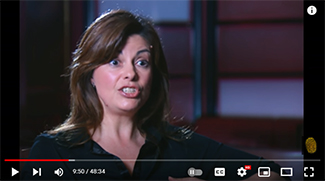
But there are two areas where it really is very damaging. Firstly, on an individual who's paid a lot of money, and put a lot of trust in an expert, and believes they're getting something, you know, very valuable for their money. And secondly, the impact on the art world itself. There's been an enormous distrust now on the provenances of these paintings, and of any paintings, because of the effect of what John Drewe has done.
[Joel Levy, Con Expert] The classic artist thinks that it is a victimless crime. And they often rationalize what they've done, by saying they haven't really done a crime, and nobody's got hurt. And it's easy to think that way. Especially if you're scamming rich people, or businesses, for instance. It's quite easy to portray it as a victimless crime. Because you could say, well "Well, you know, they could afford it," or "their insurance will cover it."
[Narrator] Myatt's fateful decision was one he regrets to this day. Tempted by the prospect of accumulating vast wealth, Myatt agreed to Drewe's proposal. They were now partners-in-crime.
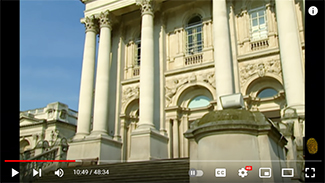
Little did Myatt know the enormity of the scale of the scam which was to come, and the terrible price he would eventually have to pay.
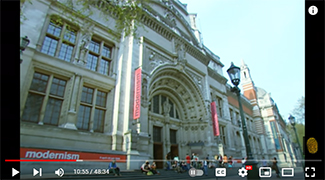
But now, he was hooked in. There was no going back.
[John Myatt] It started there. If it had stopped there, of course, I don't think, you know, I'd be talking to you now, or be talking to anybody else about it.
[Narrator] For almost ten years, con man John Drewe fooled the art world with a complex and intricate scam, passing off fake paintings as famous artist's work. It was a con of such magnitude and importance, that the art world is still reeling from the blow.
[Jacqui Hames, Metropolitan Police Detective] John Drewe was a very clever man. I mean, he'd had an IQ of One-Hundred-Sixty-Five. And he created a very elaborate scam which showed an awful lot of depth of knowledge about the subject matter he was going into, which he wouldn't have had before.
[John Myatt] He had access to the best art bookshops in the country. And if there was an artist who particularly interested him -- for whatever reason -- then he'd buy an art book, and he'd turn down the page and say, "This is interesting. Why don't you look at that?" And that kind of thing.
[Narrator] Drewe's con would never have been possible if he had not courted, and enlisted, the help of artist John Myatt. Before the scam, Myatt was making a modest living, selling honest copies of art classics, legitimately.
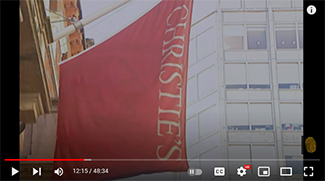
But when Christie's paid Drewe Twenty-Five-Thousand pounds for one of Myatt's fake paintings, believing it to be genuine, Myatt found the sum of twelve-and-a-half-thousand-pounds, just too tempting. He became part of Drewe's scam, painting new fakes of master artists for Drewe to sell as the real deal.
[John Myatt] I thought it was just exciting, and fun. It's unbelievable that people would be looking at paintings painted in the same kind of stuff that you put on your walls, basically, and authenticating them. I didn't use aged canvas. I didn't use authentic materials.
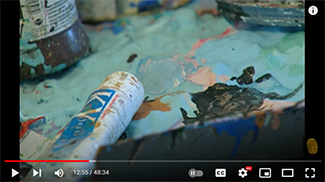
I used KY jelly, which is water-based, to actually dilute the the paint if I needed a thin glaze.
[Jonathan Searle, Fraud Squad, New Scotland Yard] But the thing is, about household emulsion, paint -- it dries very quickly.
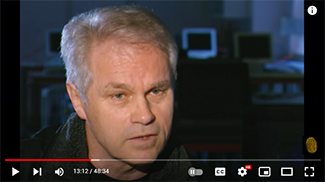
If you varnish over it -- and he didn't always do the varnishing himself -- we believe Drewe did some of the varnishing -- if you varnish over it, it's very difficult, even for an art restorer, to know whether it's a real oil painting, or something totally different.
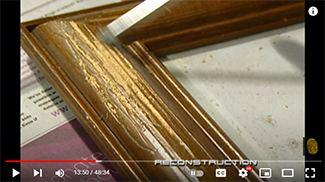
[John Myatt] The way the paintings actually got treated after they left me was, you know, I mean, they were walked all over, and there was hoover dust emptied all over them, and occasionally I mean I would throw coffee and tea at the painting, and just grind it into the surface of the canvas.
[Jonathan Searle, Fraud Squad, New Scotland Yard] Allegedly, we heard from John Myatt, that John Drewe would empty the contents of his hoover onto the painting, and then varnish over it. Or maybe he did that when the varnish was still wet. He would scuff the frames.
[John Myatt] And the other thing that's worth mentioning, is the difference between a fake and a forgery.
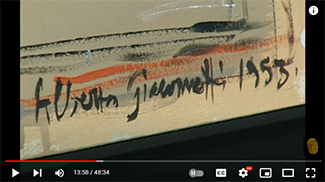
If you're doing forgery, there really has to be a lot of thought gone into the back of the painting, what a painting looks like from the back. A lot of people know what paintings look like from the front, but they're not quite so clear about what happens when you turn them the other way around. So that was another of, you know, John Drewe covered that as well. He would take the painting, and sort of disassemble it, put new stretchers on it, gallery stickers, signatures, and all this kind of thing on the back of the painting.
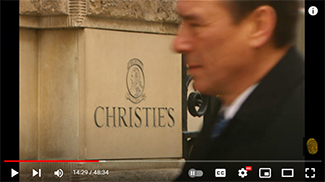
[Narrator] But the paintings were only one element of the con. In a master stroke of cunning, Drewe painstakingly ensured that the legitimacy of the fake paintings were never questioned.
[John Myatt] The way he wanted to take it, you have to provide the paintings with a history with what they call a "provenance," which is pretty much the same as a service history with your car. You know, stamps in the book, and all the rest of it. And he made it his job to do that.
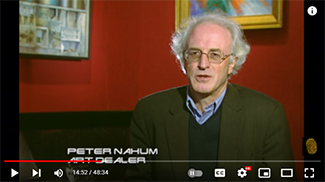
[Peter Nahum, Art Dealer] The point about authenticating a painting is, the first and most important thing is, looking at the picture, and judging the paint, the calligraphy, the way the brushstrokes are put on, and the color balance, etc., with authenticated works by the artist. The second most important thing, which is very important if the picture has provenance, histories of previous owners, especially if it takes you back to the artist, and also exhibitions the pictures have been in.
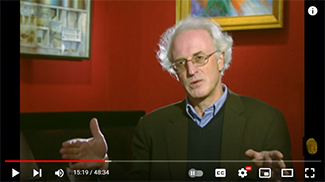
So provenance is very important.
[Jonathan Searle, Fraud Squad, New Scotland Yard] And if you've got the provenance that's there, and the provenances were very, very professional. I've never seen anything like it. And if I had been a dealer, I'd have most certainly been fooled.
[Narrator] And to make the scam work, John Drewe presented himself as a darling of the art world.
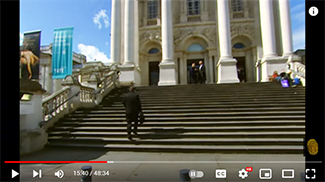
[Jonathan Searle, Fraud Squad, New Scotland Yard] John Drewe gave a donation of twenty thousand pounds to the Tate, and as a result of that, he was naturally thought of as a supporter of the arts. And he said he was interested in looking up the old archives -- which he did -- in the Tate. And he set to work. A very busy little bee.
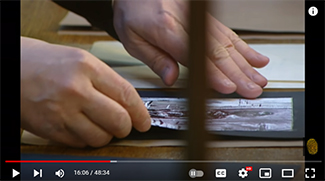
To my knowledge, the type of forgery of archival material, has never been done to this extent with paintings. And not on such a scale, and not so audacious.
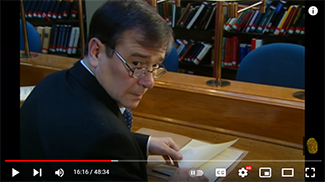
Because this was full-penetration of the Tate archives, and the V&A archives, and a number of other archives as well.
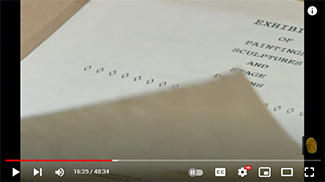
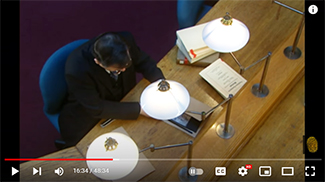
[John Myatt] He would fabricate catalogues of exhibitions, by taking a catalogue out of an archive, inserting one of my new paintings into the catalogue, returning it to the archive, and then a researcher will say, "Oh yes, well, you know, that was obviously exhibited in in Brighton Art Gallery, or something, And that is the history which validates the painting -- however poor the quality.
[Peter Nahum, Art Dealer] In retrospect, John Myatt's painting is not good at all. But the problem was, we were being scammed by a very intelligent person on multi levels.
[John Myatt] You know, I was on a learning curve, here. I hadn't done this before, you know. Okay, some of the paintings were good, but some of them were absolutely awful. I mean, really bad quality. How the hell we ever got away with it, I just don't know.
[Mary Lisa Palmer, Director, Giacometti Association] The problem was, that people were no longer looking at the artwork.
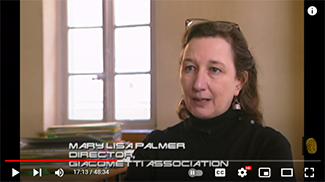
They were looking at the provenances.
[Peter Nahum, Art Dealer] These paintings came to us with authentication certificates, from living experts, who were the number one experts on the artists.
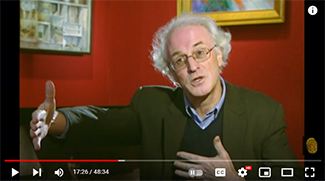
And, authentication all the way back. So in other words, your brains are being scrambled. You're saying, "Wait a minute -- it's been authenticated." And you're looking at it through rose-tinted spectacles that you wouldn't normally be doing.
[Jonathan Searle, Fraud Squad, New Scotland Yard] Se in black and white your painting in a book -- it's almost One-Hundred Percent genuine.
[Narrator] Drewe had devised the almost perfect con.
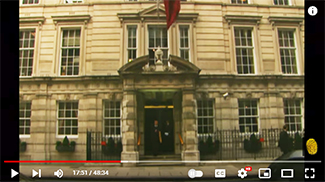
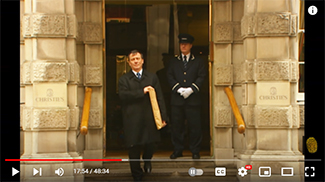
Never before had the archives been tampered with in such a comprehensive way, that ensured even leading experts, accepted practically worthless forgeries, for the works of renowned artists, leading them to be sold for thousands of pounds each. The paintings were being sold through all the major auction houses in London, England, as well as Christie's and Sotheby's. Most paintings were sold for between ten thousand pounds and thirty thousand, whereas others fetch one hundred thousand pounds.

